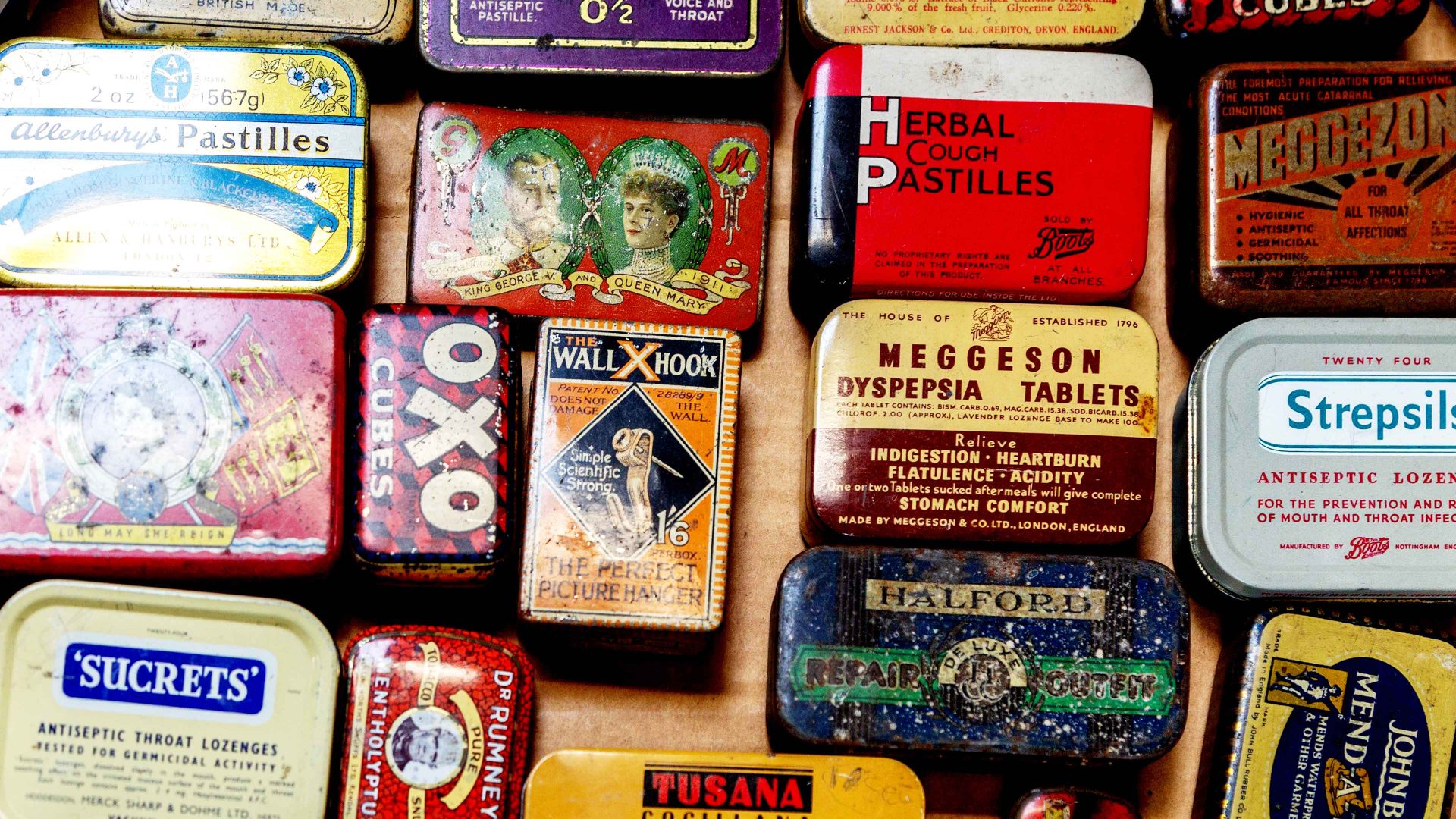I’ve become a miniterialist. For real. Don’t get me wrong: I like the stuff of life quite as much as the next suburbanite hunting behind the bins for a large Amazon box full of polystyrene Ss and a small electrical good. But I only really get enthusiastic about things when I have a particular thing for a, um, particular thing. The generality of things leaves me cold, but from time to time a certain sort of thing will captivate me – usually for quite utilitarian as much as aesthetic reasons – next I’ll acquire quite a lot of it, until I get fed up with it, and so discard what examples I’ve acquired.
That’s how it’s been with, successively, manual typewriters, tweed jackets, tobacco pipes, and mechanical watches – all, it has to be said, artefacts that can cost, if you want to obtain quality. I watch plenty of level-headed people – some, it has to be said, in the immediate vicinity – who lose all moral compass and financial calculation when it comes to what I’d regard as very big-ticket items indeed.
But as Comrade Stalin sagely observed, quantity has a quality of its own – and that quality is one of impoverishment when money is spent one simply doesn’t have. The things I covet are old, beautiful and unique; rather than novel, well-designed and mass-produced. But even given the great devaluation of the past’s material culture that’s been yet another unforeseen sequel of neoliberalism, I cannot afford, say, a Gwen John painting to go with my 1910 Arts & Crafts house.
The solution is miniterialism: find something old, beautiful and unique that is relatively cheap. I’m wary of sharing, because I don’t want some sort of feeding frenzy ensuing, whereby newly enthusiastic TNE readers price me out of the market, but my new thing is tins. Yup – that’s right: small, vintage ones, that have contained either foodstuffs – Burdall’s Gravy Salt, with its slogan “The Tell Tale” – or medical ones: for Elastoplast Boil Dressings, and any number of pastilles and cachous; or tins for gramophone needles, glue tubes, and cocoa samples (I have a lovely little Bournville tin from the 1900s, complete with a striker for non-safety matches on its base).
Why do I like old tins so much? Well, they mark for me in a very powerful and readily apprehensible way the very degradations of our overall material culture adverted to above. That a tiny bit of packaging, made for a perishable commodity that was consumed, in many cases, over a century ago, should have lasted so long, established incontrovertibly the theory of devolution by commercial selection: as commodities become cheaper and more ubiquitous, so does their packaging. The Age of Tin, Wood and Glass has been succeeded by that of polystyrene and plastic.
To hold one of these old tins – many of which have pleasingly haptic qualities – is to feel one’s own hands gloved by ancient skin, and long-gone fingers fumbling for a Sure Shield glycerine & thymol compound pastille to soothe their sore throat. To decipher the lettering on them: “Crumpsall Works: the Only 8-Hour Biscuit Works in England” is, imaginatively at least, to re-enter not the arid, sexless existence of all connoisseurs in all ages, but the daily lives of living breathing ordinary folk going about their lives.
I have one cardinal rule when it comes to indulging my miniterialism: no individual tin can cost me more than a tenner. That way, I can indulge myself quite a lot; I mean, at this price I could buy 2,000 of these covetable artefacts, and still not have spent as much as the average Briton does on the mobile tin they call their car. I haven’t owned one of those for so long, I tried to get into someone’s Tesla the other evening and had to be talked through how to operate the door handle at some length.
Haptic it wasn’t – while the tin it was attached to cost a great deal more than my Cooperative Wholesale Society biscuit one, the lid of which has a fine depiction of the aforementioned eight-hour biscuit works. Alright, I ’fess up, I paid £15 for this one – but it’s the only time I’ve broken my rule.
And what a tin! It’s foursquare form mimicking in miniature the solid bulk of the immense Works. I’d say the tin dates from the late 1890s, when biscuit production at Crumpsall reached its peak, and the workers were enjoying not only the eight-hour day, but a whole range of employment benefits, from sports clubs to a library and a service for warming up packed lunches.
The Works were gone by the end of Thatcher’s first term – so was any dream of a society not ordered around materialism alone. All that remains is my little tin.



